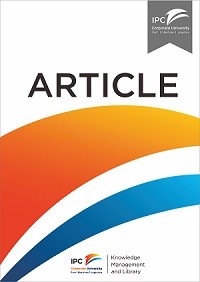Article
Internalization of port congestion: strategic effect behind shipping line delays and implications for terminal charges and investment
This paper develops a theoretical model to analyze the congestion internalization of the shipping lines, taking into account the ‘knock on’ effect (i.e. the congestion delay passed on from one port-of-call to the next port-of-call). We find that with the presence of the knock-on effect, liners will operate less in terminals, and an increase of a liner’s operation in one terminal will decrease its operation in the other. If the liners are involved in a Stackelberg competition, whether they operate more or less in a terminal under the knock-on effect depends on the comparison between the marginal congestion costs of terminals. Furthermore, we find that the coordinated profit-maximizing terminal charges are higher than both the socially optimal terminal charges and the independent profit-maximizing terminal charges. When the knock-on effect is small, the independent profit-maximizing terminal charges are set at higher levels than the socially optimal terminal charges; but when the knock-on effect is sufficiently large, this relationship may reverse. Besides, the capacity investment rules are the same for welfare-maximizing terminal operator and coordinated profit-maximizing terminal operator, while independent profit-maximizing terminal operators invest less in capacity. The larger the knock-on effect, the larger this discrepancy.
Ketersediaan
Informasi Detail
- Judul Seri
-
Maritime Policy & Management The flagship journal of international shipping and port research
- No. Panggil
-
ATC LO JIA i
- Penerbit
- China : Routledge., 2016
- Deskripsi Fisik
-
20 p.
- Bahasa
-
English
- ISBN/ISSN
-
1464-5254
- Klasifikasi
-
LO
- Tipe Isi
-
-
- Tipe Media
-
-
- Tipe Pembawa
-
online resource
- Edisi
-
2016
- Subjek
- Info Detail Spesifik
-
-
- Pernyataan Tanggungjawab
-
Changmin Jiang
Versi lain/terkait
Lampiran Berkas
Komentar
Anda harus masuk sebelum memberikan komentar

 Karya Umum
Karya Umum  Filsafat
Filsafat  Agama
Agama  Ilmu-ilmu Sosial
Ilmu-ilmu Sosial  Bahasa
Bahasa  Ilmu-ilmu Murni
Ilmu-ilmu Murni  Ilmu-ilmu Terapan
Ilmu-ilmu Terapan  Kesenian, Hiburan, dan Olahraga
Kesenian, Hiburan, dan Olahraga  Kesusastraan
Kesusastraan  Geografi dan Sejarah
Geografi dan Sejarah